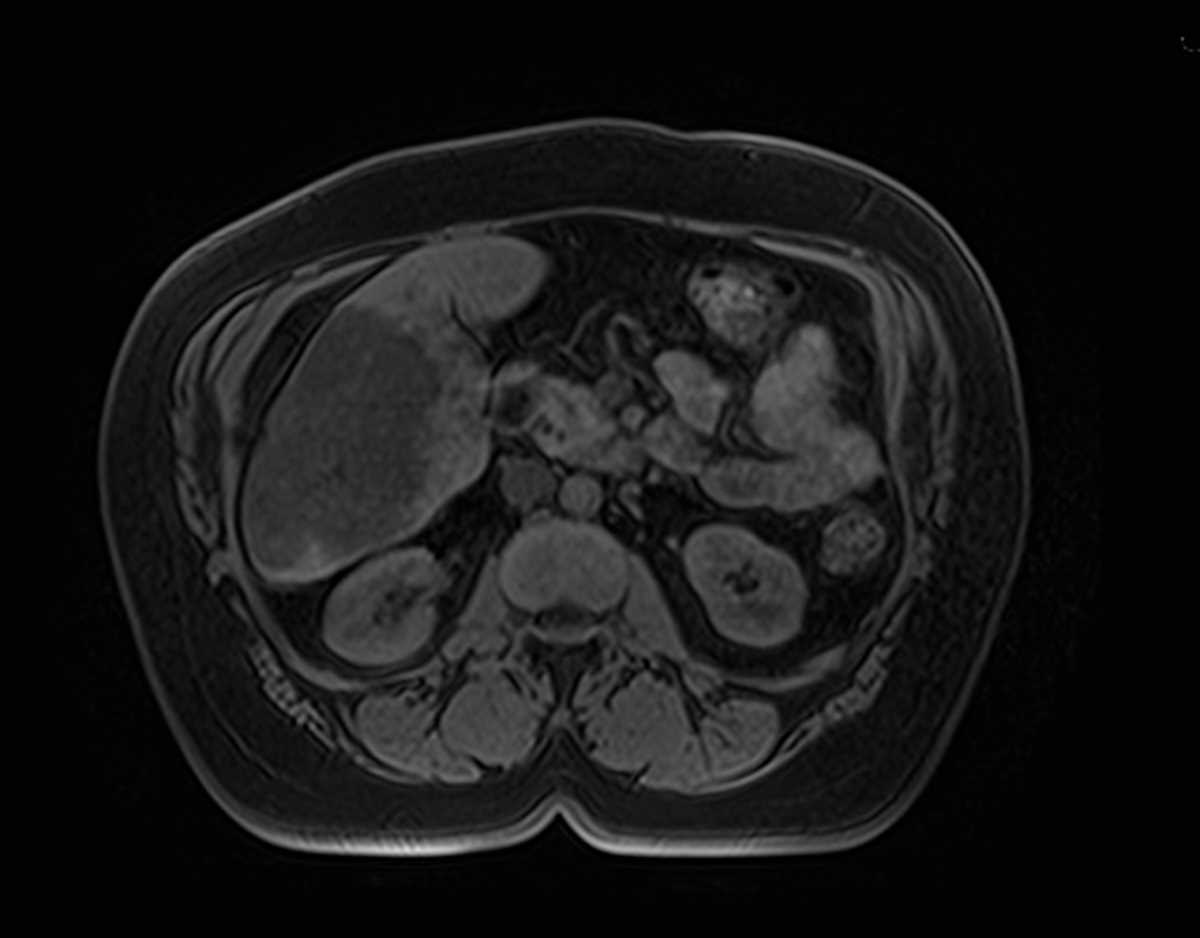

You must lie perfectly still for quality images. WHAT TO EXPECT: Imaging takes place inside of a large, tubelike structure that is open on both ends. Please remove all piercings and leave all jewelry and valuables at home. You will be provided detailed preparations instructions by Johns Hopkins Medical Imaging when you schedule your exam.ĬLOTHING: You must change into a patient gown and lock up all personal belongings. There are some specialty MRI exams that require certain restrictions. How do I prepare for an MRI procedure?ĮAT/DRINK: You may eat, drink and take medications as usual for most MRI exams. By pinpointing the exact location of the functional center in the brain, doctors can plan surgery or other treatments for a brain disorder. During fMRI of the brain, you will be asked to perform a specific task, such as reciting the Pledge of Allegiance. The general areas of the brain in which such functions occur are known, but the exact location may vary from person to person. MRA can also be used to detect aneurysms in the brain and vascular malformations - abnormalities of blood vessels in the brain, spinal cord or other parts of the body.įunctional magnetic resonance imaging (fMRI) of the brain is used to determine the specific location in the brain where a certain function, such as speech or memory, occurs. Magnetic resonance angiography (MRA) is a procedure used to evaluate blood flow through arteries. Newer uses for MRI have contributed to the development of additional magnetic resonance technology. MRI is better at telling the difference between types of soft tissues and between normal and abnormal soft tissues.īecause ionizing radiation is not used, there is no risk of exposure to radiation during an MRI procedure. MRI may be used instead of computed tomography ( CT) when organs or soft tissue are being studied. These signals are received by a computer and converted into an image of the part of the body being examined. As the radio waves are turned off, the atoms return to their original position and send back radio signals. Radio waves are then sent from the MRI machine and move these atoms out of the original position. The strong magnetic field created by the MRI scanner causes the atoms in your body to align in the same direction. Some MRI machines look like narrow tunnels, while others are more open.

The MRI machine is a large, cylindrical (tube-shaped) machine that creates a strong magnetic field around the patient and sends pulses of radio waves from a scanner.


 0 kommentar(er)
0 kommentar(er)
